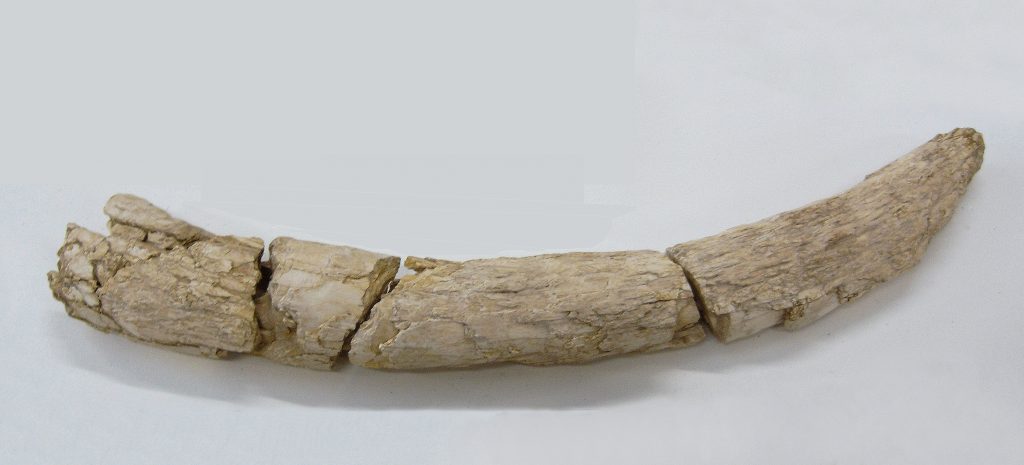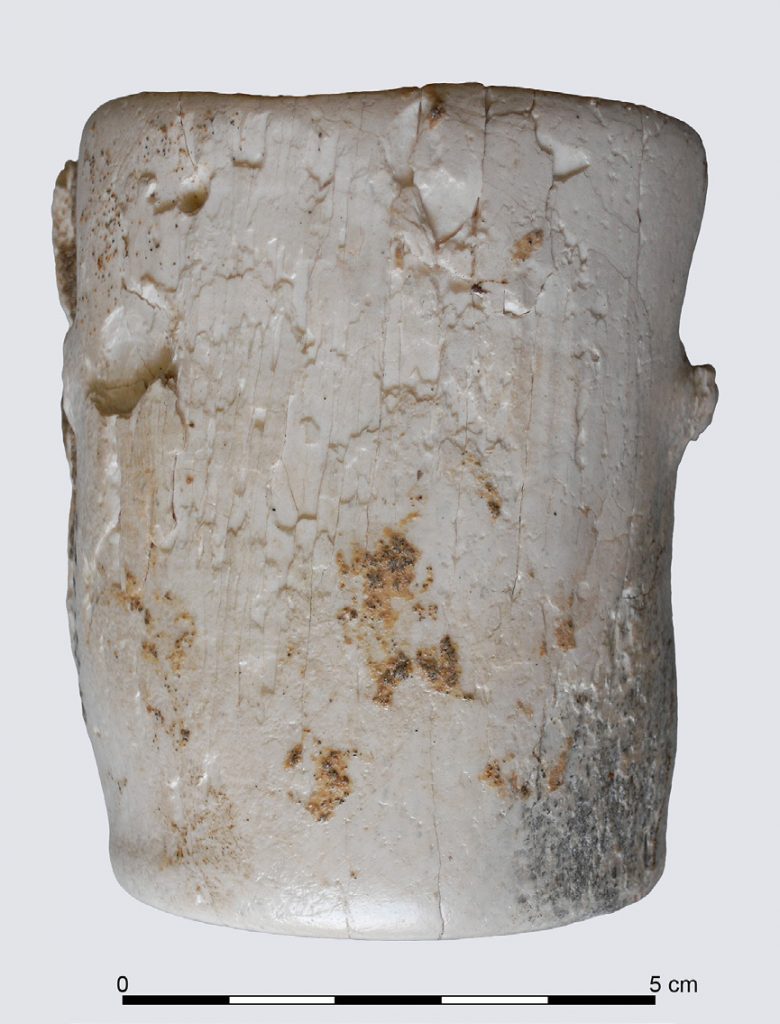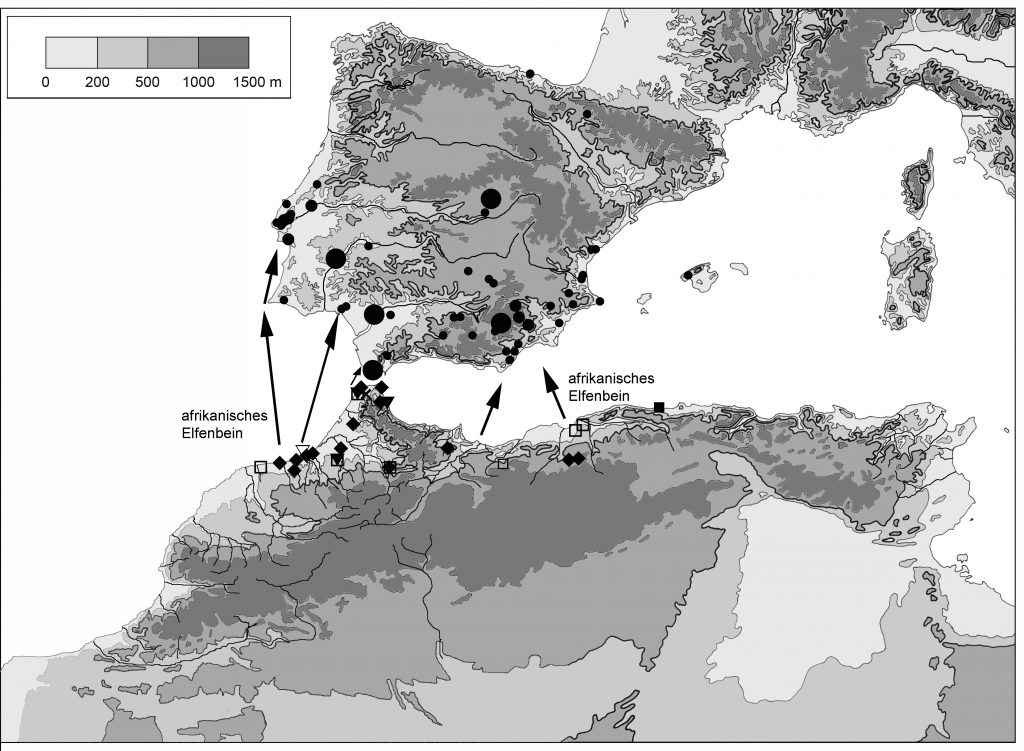Elephants and ivory as indicators for intercontinental relations in the 3rd millennia and first half of the 2nd millennia BCE.


The project took place from 1 July 2009 to 30 June 2012 in cooperation with A. Banerjee and his team from INCENTIVS (International Center for Ivory Studies) at the Institute of Geosciences of the Johannes Gutenberg University Mainz and with A. Mikdad from the Institut National des Sciences de l´Archéologie et du Patrimoine (INSAP) in Rabat (Morocco) and was conducted by the German Archaeological Institute (DAI) and financed by the German Research Foundation (DFG).
The project’s aim was to conduct a systematic examination of ivory objects dating from the Neolithic to Bronze Age for the entire western Maghreb (Morocco, Algeria, and Tunisia). Furthermore, it involved the finalization of the catalog for ivory objects dating from the 3rd and 2nd millennia BCE from the Iberian Peninsula and the Balearic Islands. This enabled the number of known ivory objects to be considerably increased, although this number is still extremely low for a hypothetical export region of ivory. This is most likely due to the lack of investigated burials and settlements within this region and the Maghreb. Finally, the project involved numerous scientific investigations of ivory objects from the Iberian Peninsula and the Maghreb.
The results revealed that an actual beginning and a coinciding first maximum for the use of ivory objects within the Maghreb started 4000 BCE. This first maximum, which followed the first sporadic attempts of “experimenting” with ivory, seems to correspond in North Africa with the expansion of Saharan elements in the form of comb decorated pottery and typ Rouazi-El Kiffen pottery, respectively, and Ashakar in Morocco. The drying of the Sahara at the end of the African Humid Phase most likely led to a population movement from the Sahara to the north. Not only was the knowledge of ivory workmanship introduced by the 4th millennia BCE by the migrating of these people, but North African elephants appeared in the Maghreb, and thus in reach of contemporary groups of the Iberian Peninsula. This led to the development of an exchange network of African ivory with the people of the Iberian Peninsula, active until at least the end of the Early Bronze Age. The latest results of genetic studies indicate the presence of African elements in cemeteries on the Iberian Peninsula. The exchange networks ultimately enabled groups of the Maghreb the chance to achieve a higher social status, evident by the emergence of prominent burials.
Mitglieder

PD Dr. Thomas Schuhmacher
DAI Madrid Department
thomas.schuhmacher@dainst.de

Abbildungen
Fig. 1 [photo by T. Schuhmacher]
Fig. 2 [photo by T. Schuhmacher]
Fig. 3 [image by T. Schuhmacher]